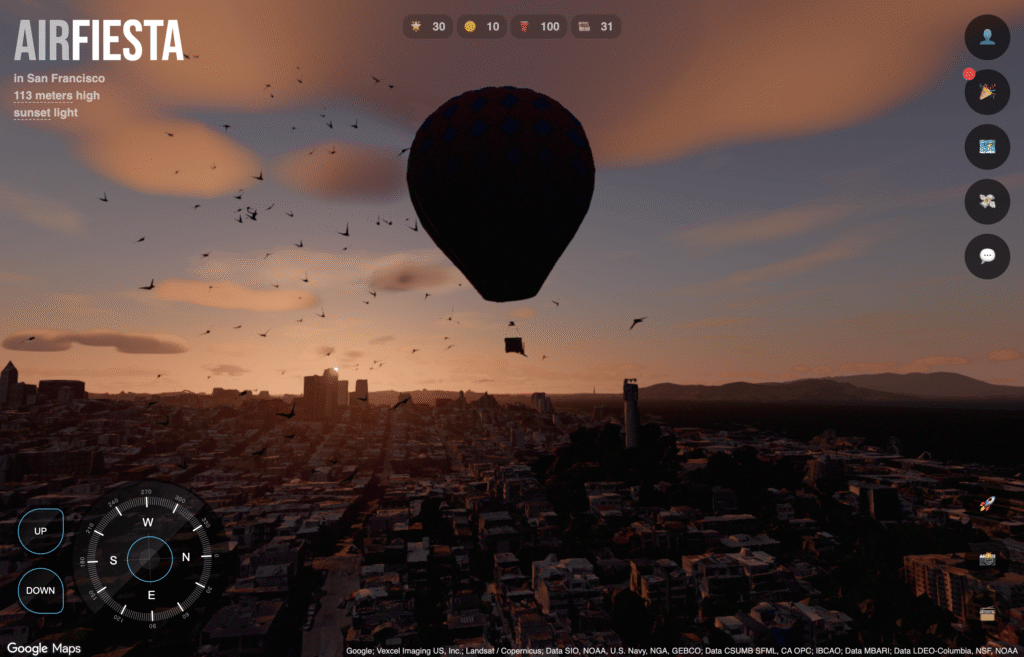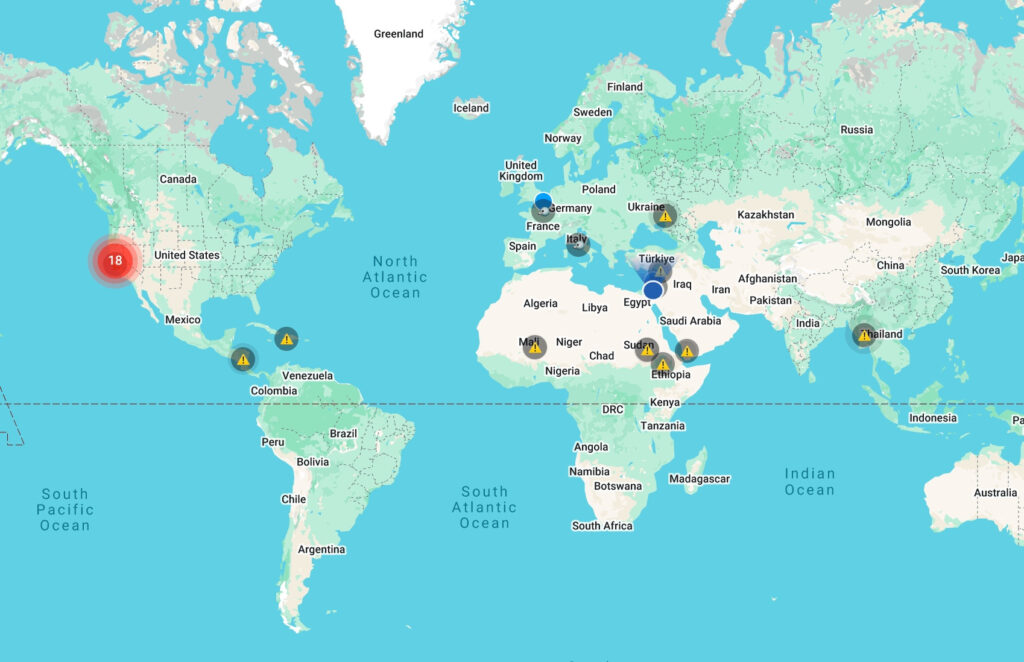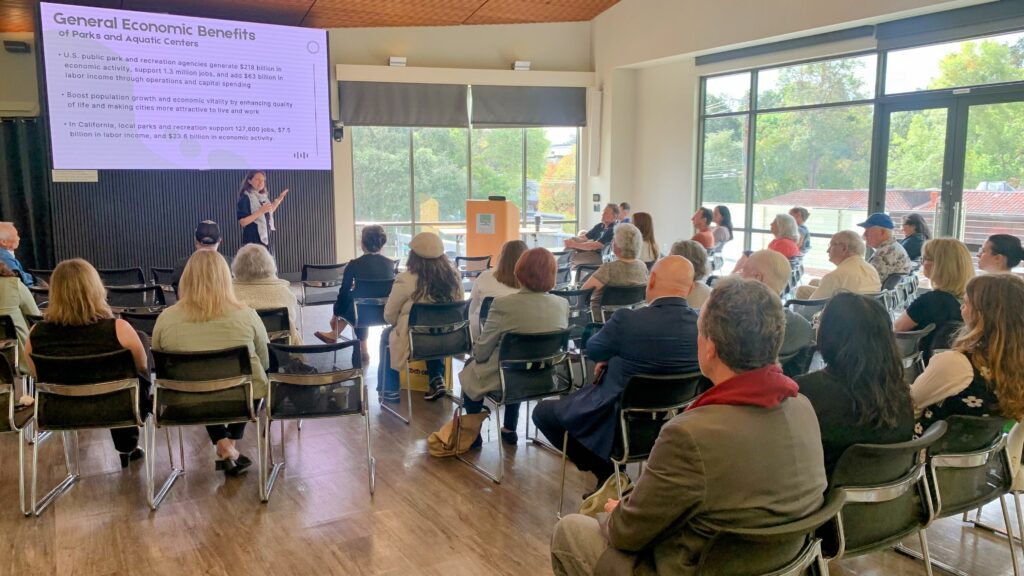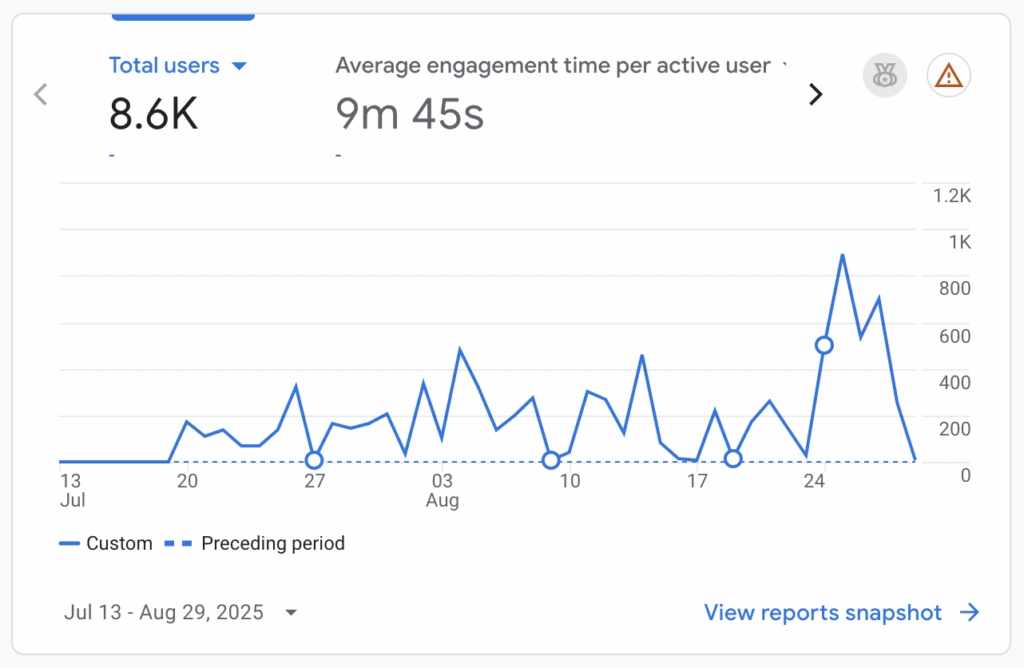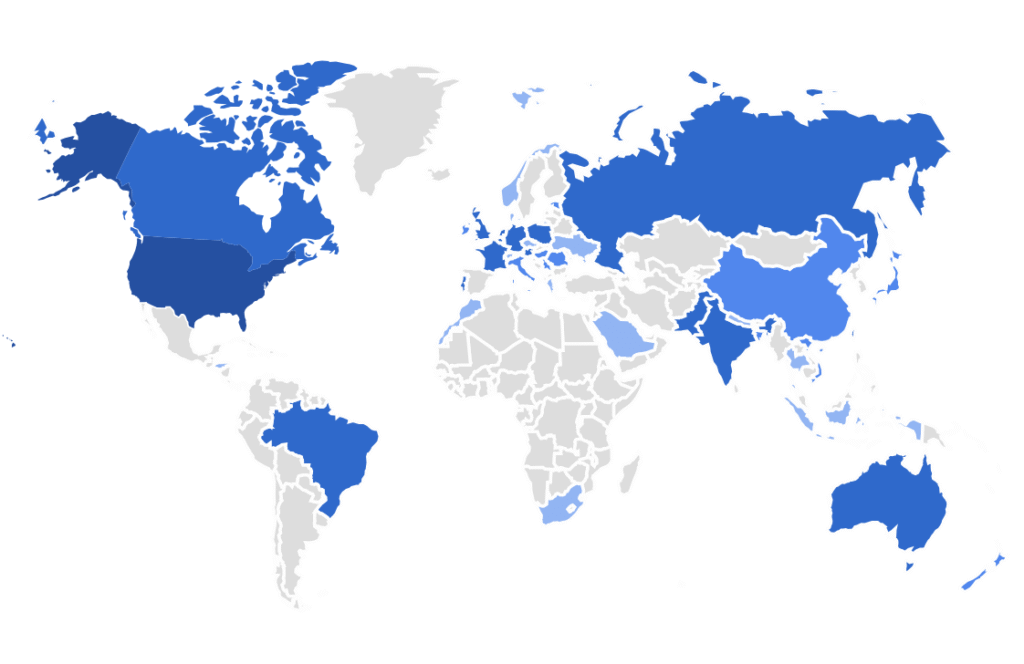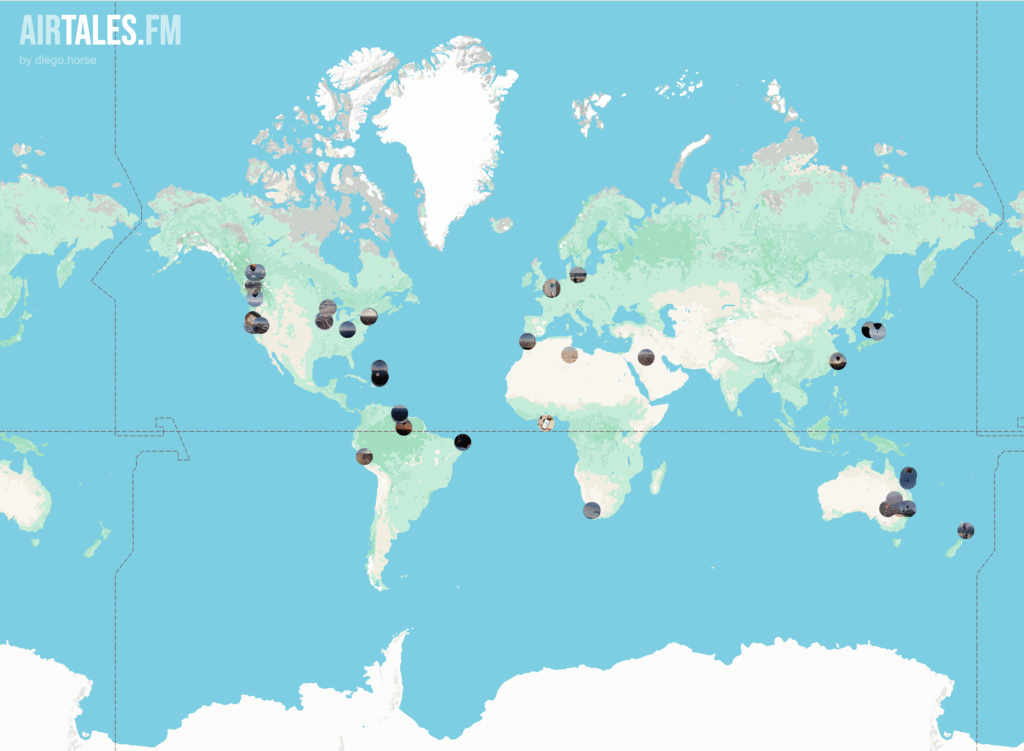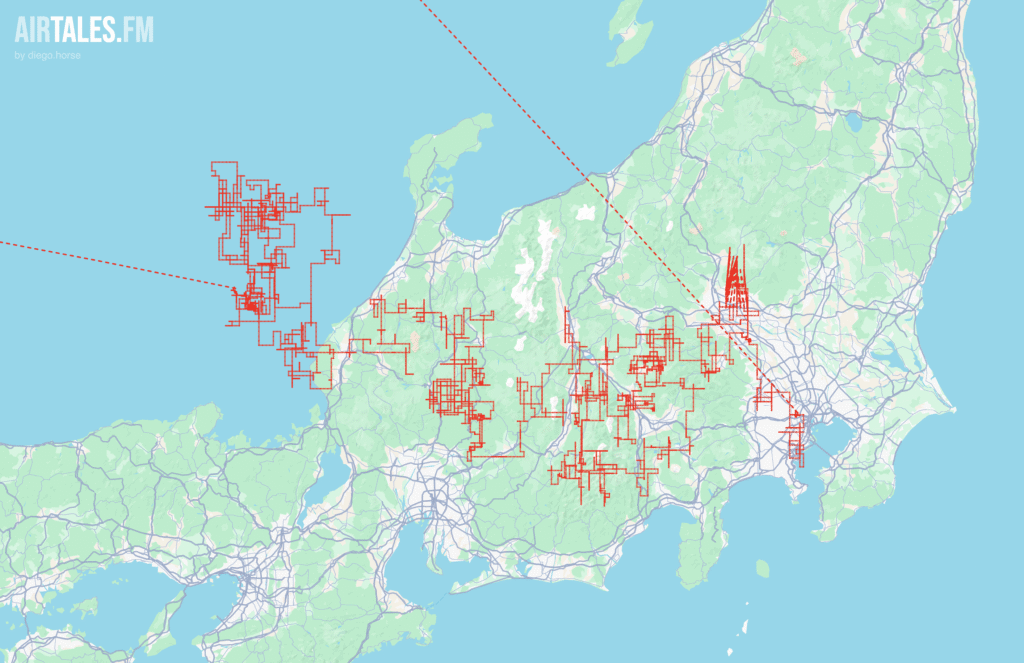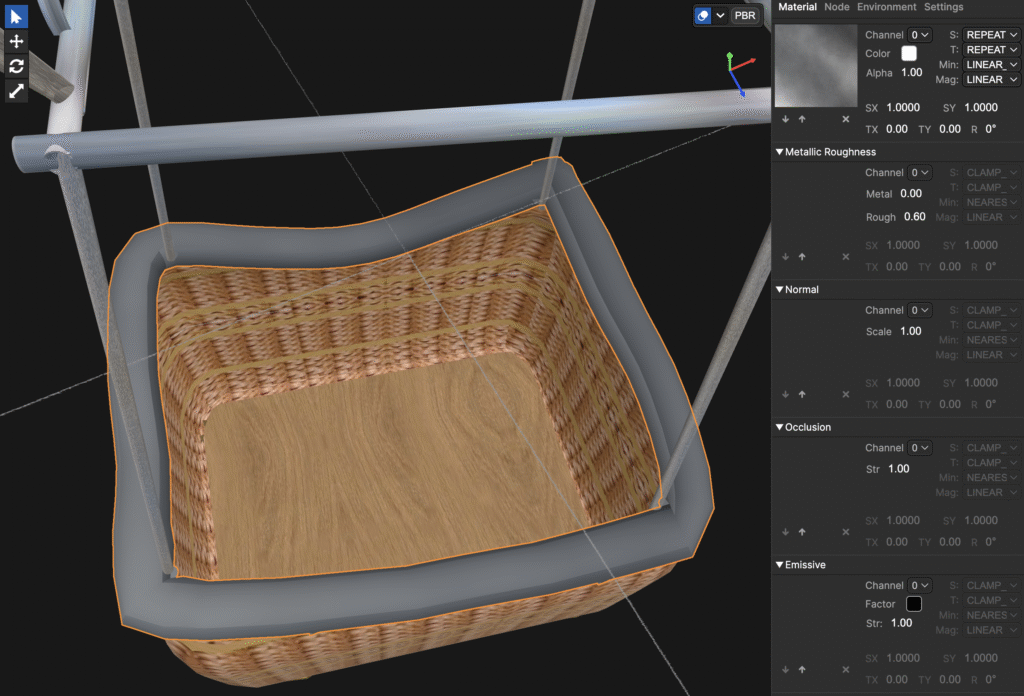Everything actually started when I played Loneliness. What a strange, quiet punch of a game. I wasn’t expecting much (it’s just little squares on a white screen) but somehow it managed to pull more emotions out of me in two minutes than most AAA games do in fifty hours. I walked away confused and weirdly emotional, like someone had whispered something important into my ear and then vanished.
So of course I did the only reasonable thing: I became obsessed. I hunted down the creator, Jordan Magnuson, and ended up reading his book Game Poems, which didn’t help at all because now I’m even more obsessed.
The whole idea that games can be short, intentional emotional gestures suddenly made sense. Then I stumbled upon URL Snake, this tiny absurd miracle living inside the URL bar, built entirely with Braille characters. I did what I always do when I find something tiny and clever, I became obsessed with its creator, Demian Ferreiro.
So on a sunny weekend, I decided to experiment with those ideas. The first result was Tiny Horse, a tiny creature leaping across my URL bar like it’s trying to outrun my unfinished tasks.

Then came Tiny Mario, who took the same microscopic canvas and somehow turned it into a full side‑scrolling adventure powered entirely by Braille characters and misplaced confidence.
I actually built this second one in secret from Leandra because I was supposed to be working on a different project and not making games anymore. I kept two instances of Windsurf open, and whenever she walked by, I switched to the main project (she is the boss).
I actually built this second one in secret from Leandra because I was supposed to be working on a different project and not making games anymore. I kept two instances of Windsurf open, and whenever she walked by, I switched to the main project (she is the boss).
I was surprised that I could work on two projects at the same time, with one assistant coding some complex tasks while working with the other. Obviously, I was paying much more attention to the game though. ;p

They’re not big games. They’re not meant to be. They’re little moments. Digital haikus. Emotional blips. I build them fast, break them faster, and still feel strangely proud of them.
And you know what? While building and playing them, I kept noticing how these tiny games trigger emotions so quickly. Simple graphics, a couple of sound cues, and suddenly I’m laughing out loud on a Saturday night at 11 p.m. because I made Tiny Mario slip into an underground level through tiny pipes.
Besides being simple, they include classic casual game elements that spark some adrenaline: scores, countdown, enemies, rewards, obstacles, and elements of surprise. Something I haven’t been able to add to Air Fiesta yet.
If you want to see what all this tiny-game energy looks like:
- Tiny Horse → diego.horse/jump
- Tiny Mario → diego.horse/tiny-mario
- Both projects are open source, and you can find them on my GitHub.
And if you want to feel the thing that started all this:
- Loneliness → https://jordanmagnuson.itch.io/loneliness
- URL Snake → https://demian.ferrei.ro/snake
Game poems are small, but they hit hard, like tiny sparks pretending they aren’t capable of starting whole wildfires. And honestly, maybe that’s exactly what makes them beautiful… and powerful.
Nov 18th Update
I wasn’t expecting people to get this excited about a tiny game. I posted it on Product Hunt and Reddit just for fun and suddenly folks were actually into it. It’s not the kind of thing people usually share there, but I guess we’re all craving fewer AI products and more silly things like this.
Give it a vote if you feel like it. We already beat a Google product (which feels surreal and funny at the same time).

